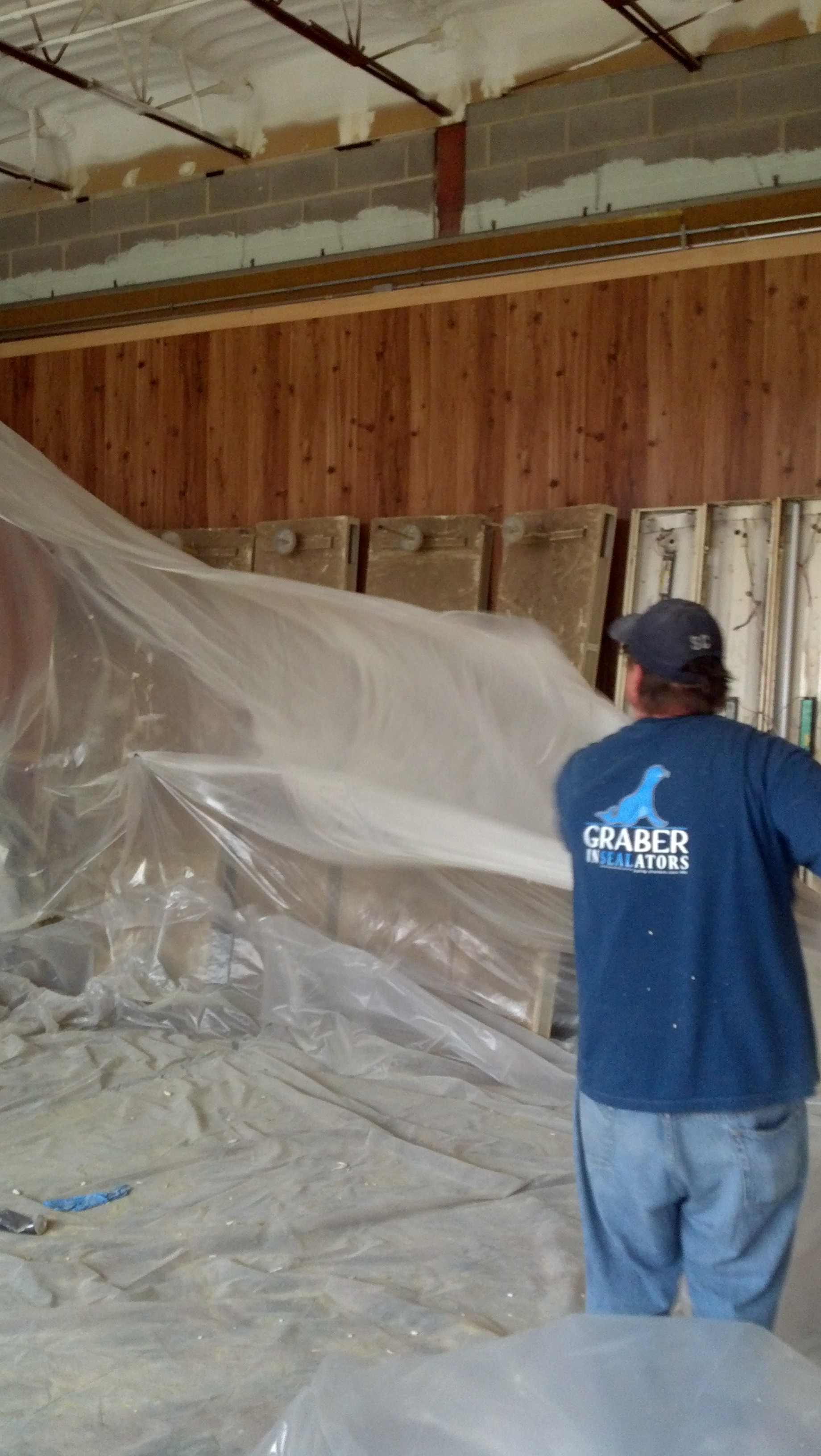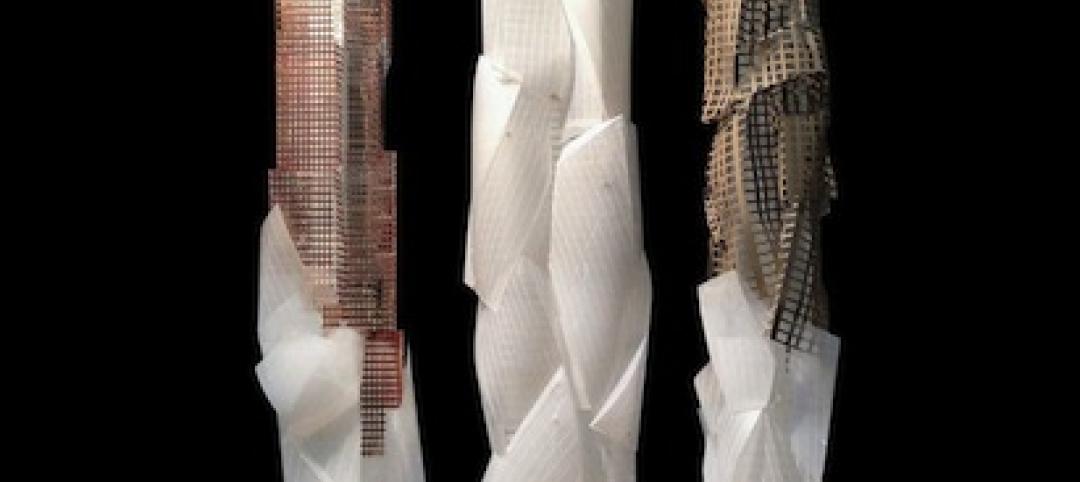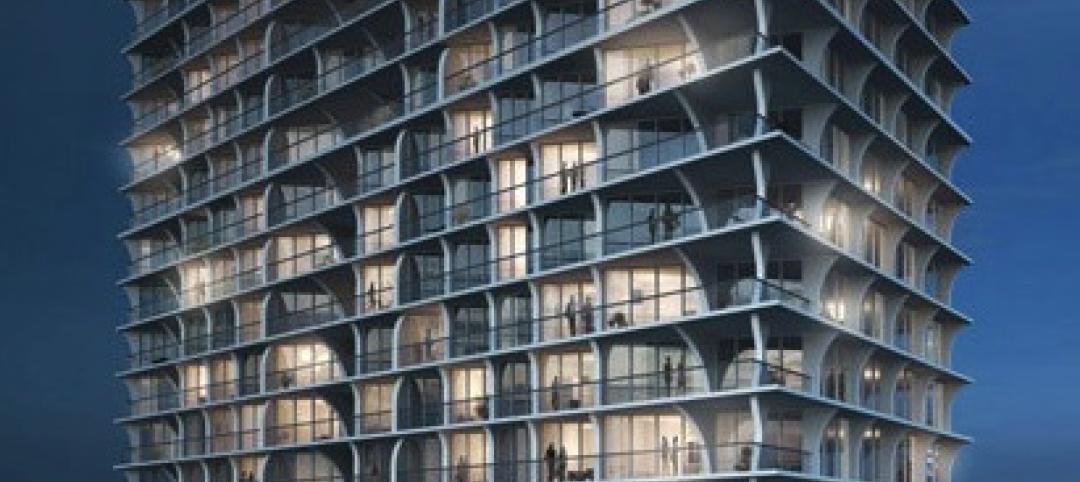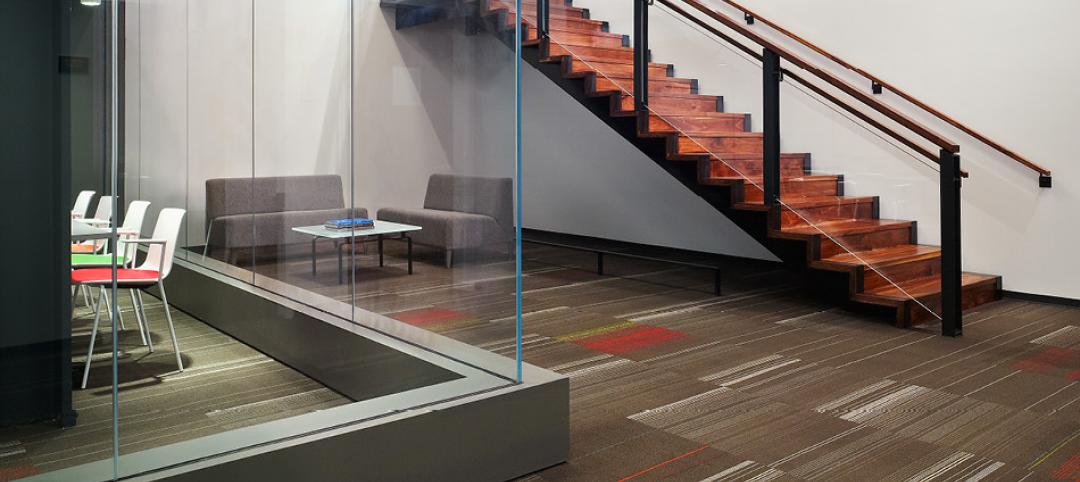Located near Louisville, Ky., Fort Knox is home to the U.S. Army’s Armor Center, Armor School, Recruiting Command, and numerous other facilities. The post has a daytime population of more than 30,000 people and more than 3,000 family housing units. In total, Fort Knox encompasses 11 million square feet of conditioned space across more than 109,000 acres.
A military post of this size consumes a significant amount of energy. Fort Knox is acutely aware of the need for sustainability to ensure continuous operations and meet Federal energy goals and requirements. The post’s Disney Barracks complex demonstrates sustainability in action by using ground coupled heat pumps to move thermal energy from the earth or buildings to provide space heating and cooling.
Facility overview
The Fort Knox Disney Barracks complex is named for Major General Paul Disney, a World War II veteran and first commander of the Armor Training Center at Fort Knox. The complex consists of 38 facilities, including 14 barracks, six dining facilities, six classrooms, battalion headquarters, a chapel, movie theater, and several other facilities. These buildings make up approximately 811,400 total square feet of conditioned space.
At the time of construction in the 1960s, energy efficiency was not a priority. The entire Disney complex was heated from a centralized, high-pressure, high-temperature hot water system. The design, age, and operation of the central heating plant rendered it inefficient and outdated compared to today’s standards. Cooling was equally inefficient. The Disney buildings were cooled from a mixture of decentralized cooling equipment of different ages, efficiencies, and functional conditions.
None of the buildings used automated temperature control systems. In addition, the underground hot water distribution system had many thermal leaks due to age. Only four of the barrack facilities had ventilation equipment, none of which functioned. As a result, windows were always left open for ventilation, which caused discomfort, poor indoor air quality, and mold issues from uncontrolled temperature and humidity.
Equipment failures added to the Disney Barracks complex central heating pitfalls, the most recent of which was a failure associated with the underground piping. Fort Knox received $2 million to repair and replace a portion of the underground hot water distribution system, but opted to use that funding to fix the bigger problem instead of fixing one failing component after another in an outdated, inefficient system.
Fort Knox’s energy consumption analysis of all Disney Barracks complex facilities revealed that the inefficient heating and cooling systems consumed 39% more energy than required. The post decided to replace these systems and converted the Disney Barracks complex in less than six months with geothermal heating and cooling. Use of a utility energy service contract (UESC) dramatically shortened the construction cycle of the energy project and allowed for an operational facility in a fraction of the time the traditional procurement methods required.
Project at a Glance
Federal facility: U.S. Army Fort Knox Disney Barracks
Conditioned square feet: 811,435 square feet across 38 facilities
System overview: Geothermal heat pumps with automated ventilation and control systems
Warranty: 50 years for ground piping system; 25 years for inside components
Annual energy savings: 106,600 MMBtu
Utility partner: Nolin Rural Electric Cooperative Corp.
Year of completion: 2005
Total cost: $10.4 million
Annual energy cost savings: $906,100
Payback: 11 years
System overview
Fort Knox replaced approximately 70% of the existing Disney Barracks heating, ventilation, and air conditioning (HVAC) systems with geothermal heat pumps (GHPs), taking advantage of renewable energy resources. The vertical closed loop GHPs consist of 180 boreholes drilled 500 feet deep, each of which is interconnected. The post also added automated ventilation controls with dedicated fresh air systems and a wireless control system. These systems improve barrack air quality.
Geothermal Technology Overview
Geothermal heat pumps (GHP) move heat from one place to another to provide space heating and cooling throughout the year. In the summer, a GHP transfers heat from inside the facility to the ground outside or below. In the winter, a GHP extracts heat from the ground and transfers it inside the conditioned space.
A GHP system has three major components: the ground loop (buried piping system), the heat pump itself, and the heating and cooling distribution system. Two main types of GHPs exist. Closed-loop systems use sealed horizontal or vertical pipes as heat exchangers through which the heat conductive fluid transfers heat to or from the ground. Open-loop systems pump water to the heat exchanger and then back to the source.
More than 60% of total Fort Knox facility square footage, or more than six million square feet, is served by automated geothermal heating and cooling. Additional ground coupled heat pumps are installed in privatized housing. A central, automated control system pulls all facilities into one, easy-to-use system that serves as the backbone of a post-wide energy management program. More than 140 post facilities are tied into the system with plans to add more in the near future.
Results summary
The renewable energy ground coupled heat pumps at Disney Barracks reduced Fort Knox’s annual energy consumption by approximately 106,600 million British thermal units (MMBtu) in 2006. This is a 10% reduction in natural gas consumption. Electricity use overall changed little from this project.
The Disney Barracks’ GHP system helped Fort Knox and the U.S. Army save more than 102,000 thousand cubic feet (Mcf) of natural gas for a cost savings of $906,100 in 2005. The benefits, however, extend further. The indoor air quality of the Disney Barracks facilities greatly improved, directly benefiting occupant health and working conditions.
Project summary
Fort Knox strives each year to exceed reduction goals set by Federal regulations and requirements. Fort Knox reached this goal and maintained its reputation as a model Army post by effectively utilizing renewable energy and a variety of energy efficiency and management tools. Fort Knox improved quality of life for everyone on the post while reducing energy consumption and expenses. +
--
Resources: Federal Energy Management Program; Department of Energy (DOE) Geothermal Energy Technologies Program.
For more information contact:
Anne Sprunt Crawley Federal Energy Management Program 202-586-1505 anne.crawley@ee.doe.gov
Andy Walker National Renewable Energy Laboratory 303-384-7531 andy.walker@nrel.gov
Related Stories
| Jun 25, 2013
Mirvish, Gehry revise plans for triad of Toronto towers
A trio of mixed-use towers planned for an urban redevelopment project in Toronto has been redesigned by planners David Mirvish and Frank Gehry. The plan was announced last October but has recently been substantially revised.
| Jun 25, 2013
First look: Herzog & de Meuron's Jade Signature condo tower in Florida
Real estate developer Fortune International has released details of its new Jade Signature property, to be developed in Sunny Isles Beach near Miami. The luxury waterfront condo building will include 192 units in a 57-story building near high-end retail destinations and cultural venues.
| Jun 25, 2013
DC commission approves Gehry's redesign for Eisenhower memorial
Frank Gehry's updated for a new Dwight D. Eisenhower memorial in Washington, D.C., has been approved by the Eisenhower Memorial Commission, reports the Washington Post. The commission voted unanimously to approve the $110 million project, which has been gestating for 14 years.
| Jun 21, 2013
AIA report: Greater collaboration, stiffer competition among top trends in architecture
A new 34-page report from AIA highlights key trends in the architecture marketplace and their impact on business and growth.
| Jun 20, 2013
Virtual meetings enhance design of University at Buffalo Medical School
HOK designers in New York, St. Louis and Atlanta are using virtual meetings with their University at Buffalo (UB) client team to improve the design process for UB’s new School of Medicine and Biomedical Sciences on the Buffalo Niagara Medical Campus.
| Jun 19, 2013
Architects upbeat about the construction market
Following the first reversal into negative territory in ten months in April, AIA's Architecture Billings Index bounced back in May, reaching 52.9.
| Jun 19, 2013
NSF Sustainability begins verifying EPDs that can be used for LEED V4
NSF Sustainability has verified Environmental Product Declarations (EPDs) for nylon carpet styles and colors manufactured by Mannington Commercial and for J+J Flooring Group’s Kinetex® flooring product and Invision brand modular styles that use eKo® backing.
| Jun 19, 2013
Florida is latest battleground over LEED standards centered on certified wood
A nationwide battle over forest certification standards continues to be played out nationally and in Florida with legislation passed this month.
| Jun 19, 2013
Construction site safety improved in 2011
On-the-job construction fatalities dropped from 802 in 2010 to 781 in 2011, and recordable injuries fell from 4.7 per 100 workers in 2008 to 3.9 per 100 in 2011, according to data from the Bureau of Labor Statistics.
| Jun 19, 2013
New York City considers new construction standards for hospitals, multifamily buildings
Mayor Michael Bloomberg’s administration has proposed new building codes for hospitals and multifamily dwellings in New York City to help them be more resilient in the event of severe weather resulting from climate change.
















